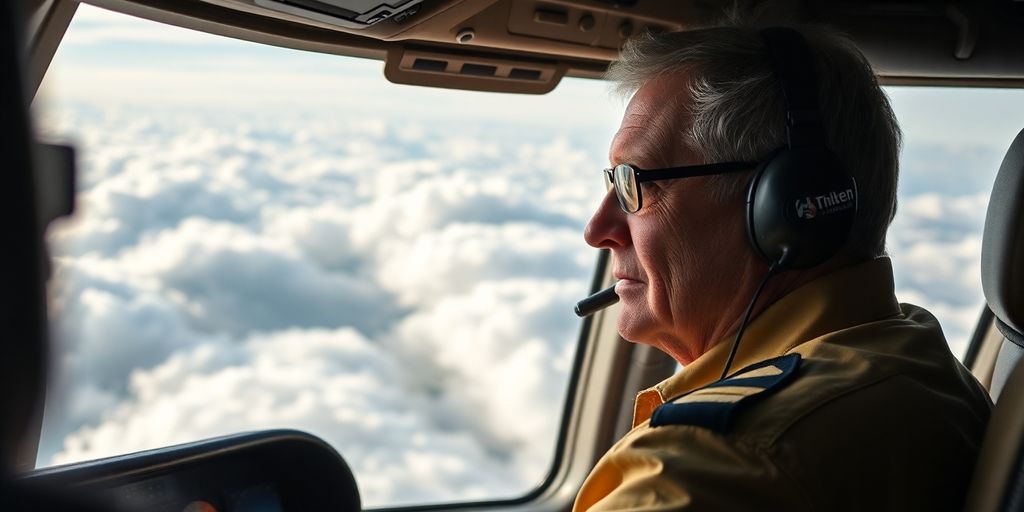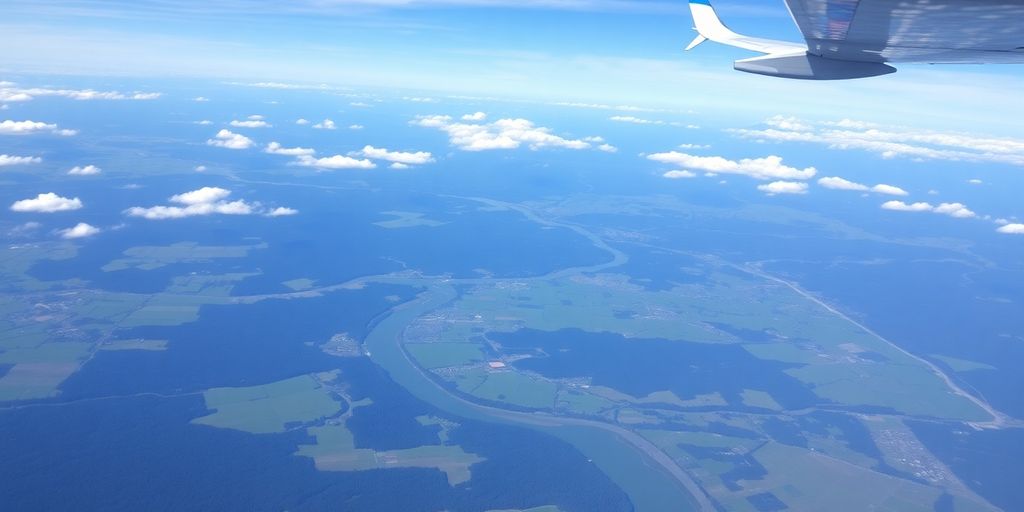Understanding Turbulence: Insights From a Veteran Pilot

Flying can be a thrilling experience, but turbulence often turns excitement into anxiety for many passengers. In a recent discussion, Captain Stuart Walker, a seasoned pilot with over 30 years of experience, breaks down the different types of turbulence and offers tips for a smoother flight.
Key Takeaways
- There are four main types of turbulence: clear-air, thermal, mechanical, and wake turbulence.
- Clear-air turbulence is hard to predict and can occur without warning.
- Thermal turbulence is caused by rising warm air and can be associated with thunderstorms.
- Mechanical turbulence happens when wind is disrupted by obstacles like buildings or mountains.
- Wake turbulence is created by other aircraft and can affect following planes during landing.
- Passengers can choose seats wisely and fly at certain times to minimize turbulence.
Types Of Turbulence
Turbulence isn’t just one thing; it comes in various forms. Captain Walker explains that the four main types of turbulence are:
- Clear-Air Turbulence: This type is tricky because it can happen in clear skies. It’s caused by changes in wind speed and direction, often related to jet streams. Pilots use onboard tools and information from dispatchers to avoid these areas, but it can still catch you off guard.
- Thermal Turbulence: This is the opposite of clear-air turbulence. It’s visible and occurs when warm air rises, creating thermals. These can lead to clouds, especially cumulonimbus clouds, which are associated with thunderstorms. If a plane flies into these towering clouds, it can experience significant movement.
- Mechanical Turbulence: This happens when wind is disrupted by physical obstacles like trees, buildings, or mountains. For instance, flying over the Rocky Mountains can create mountain waves, which can cause the plane to pitch up and down unexpectedly.
- Wake Turbulence: This is a byproduct of lift from the wings of an aircraft. When a plane takes off or lands, it creates vortices that can affect other planes flying behind it. The larger the aircraft, the more wake turbulence it generates.
How Pilots Handle Turbulence
Pilots are trained to manage turbulence effectively. They rely on various tools and real-time information to make decisions about flight paths and altitudes. For example, if they encounter clear-air turbulence, they might change altitude to find smoother air.
Tips For Passengers
If you’re someone who gets anxious about turbulence, here are a few tips from Captain Walker:
- Choose Your Seat Wisely: Sitting over the wing or towards the front of the plane can provide a smoother ride compared to the back.
- Fly in the Morning: Morning flights tend to have less thermal turbulence since the sun hasn’t heated the ground as much.
- Keep Your Seatbelt Fastened: Always follow the pre-flight announcements and keep your seatbelt on. You never know when turbulence might hit.
Conclusion
Turbulence is a normal part of flying, and understanding its causes can help ease anxiety. With the right knowledge and preparation, both pilots and passengers can navigate through the bumps in the sky with confidence. So next time you fly, remember these insights from Captain Walker and enjoy the journey!








Responses